ABOUT
J10-300 is a version of the original J10-100 with the new CE-H30-100 engines, these engines have better performance, fuel efficiency and power than old CE-H10-100 (Used in J10-100) and CE-L10-100 (Used in J10-200). Also, the frontal landing gear was elongated in order to fit the new engines.
J10 SERIES MANUAL
ENGINES
START UP
Use AG2 to turn on the engines. There will be a delay powering up the engines until they're fully turned on.TAKE OFF
For take-off configuration, engines have two configurations recommended by CM:
• 80%: Recommended option, as it saves fuel although it occupies more runway for take-off, approximately 5500 ft.
• 100%: It increases aircraft performance for take-off, usually consumes 2% - 5% of fuel.FLIGHT
Once the cruising altitude has been reached, it is recommended to use engines from 60% to 70% of their power to save fuel.LANDING
The power required for landing varies depending on the weight of the aircraft and the altitude at which it is located. Usually not more than 40% of engine power.
AG3 + BRAKES Will enable thrust reversers, can be used during flight, below 45 Knots [IAS] will be automatically deactivated.PUSHBACK
AG4 + AG3 Activates pushback, it will not exceed 5 knots. Once done, deactivate AG3. If deactivation is forgotten, it'll be deactivated once the 3 knots were exceeded.
FLAPS & SLATS
FLAPS
They extend up to 45 degrees, flaps will be deployed according to the configuration of the VTOL inputs (0.1, 0.25, 1, 2).SLATS
The slats work in conjunction with the flaps.
If the aircraft is above 2,600 ft. and less than 125 Knots [IAS], the auto-slats will be activated automatically, they help the aircraft to have better control of it stalls.TAKE OFF
The recommended flap configuration for take-off is 0.1 or 0.25, depending on the weight of the aircraft.FLIGHT
Above 10,000 ft. it is recommended that flaps are completely retracted, this excludes in approach or landing scenarios.LANDING
Flaps limit table according VTOL input:
• VTOL 0.1 = 250 Knots.
• VTOL 0.25 = 250 Knots.
• VTOL 1 = 200 Knots.
• VTOL 2 = 170 Knots.
SPOILERS & FLIGHT BRAKES
SPOILERS
AG5 Shall automatically deploy spoilers as long as the aircraft makes ground contact. If the thrust is equal to or exceeds 50%, the spoilers will be deactivated and retracted.FLIGHT BRAKES
AG5 + BRAKES If the aircraft is below 2,500 ft., the flight brakes will not be available.
LIGHTS
NAVIGATION LIGHTS
AG8 Activates and deactivates navigation lights.BEACON LIGHTS
Beacon lights will be activated when the engines start.STROBE & ANTI-COLLISION LIGHTS
AG1 Activates and deactivates strobe and anti-collision lights, normally activated when the aircraft enters an active runway.TAXI & LANDING LIGHTS
AG6 Activates and deactivates the landing lights, AG7 activates and deactivates taxi lights, both usually deactivates after take-off, when aircraft reaches 10,000 ft.
J10-300 PERFORMANCE & EQUIPPMENT
SPEEDS
Recommended Takeoff Speed: 160 [IAS] Knots.
Recommended Landing Speed: 150 [IAS] Knots.
Cruise Speed: 420 [TAS] Knots.
Top Speed: 510 [TAS] Knots
Top Speed Never Exceeded: 720 [TAS] Knots.
Stall: 120 [IAS] Knots.EQUIPPMENT
Powerplant: CE-H30-100 x 4
Wingtips: NoALTITUDES
Cruising Altitude: 25,000 ft. / 31,000 ft.
Service Ceiling: 42,000 ft.RUNWAY REQUIREMENTS
Take-Off Runway Minimum Length: 5800 ft.
Landing Runway Minimum Length: 2600 ft.PERFORMANCE TEST NOTES
Test were made with aircraft at full load capacity.
Takeoff and Landing tests were performed in Wright Airport.
Top speed test were performed at 25,000 ft.
Runway requirements information were obtained using recommended take-off and lading speeds.
Landing and Takeoff speed may vary depending on aircraft load.
Landing and Takeoff distance may vary depending on aircraft load.
Mobile test were performed on iPhone 13 Pro & iPad Mini (5th Gen)
Specifications
General Characteristics
- Successors 2 airplane(s)
- Created On Windows
- Wingspan 131.8ft (40.2m)
- Length 148.0ft (45.1m)
- Height 41.6ft (12.7m)
- Empty Weight 167,417lbs (75,939kg)
- Loaded Weight 569,999lbs (258,547kg)
Performance
- Power/Weight Ratio 1.226
- Wing Loading 81.5lbs/ft2 (398.1kg/m2)
- Wing Area 6,990.8ft2 (649.5m2)
- Drag Points 47743
Parts
- Number of Parts 523
- Control Surfaces 27
- Performance Cost 2,803

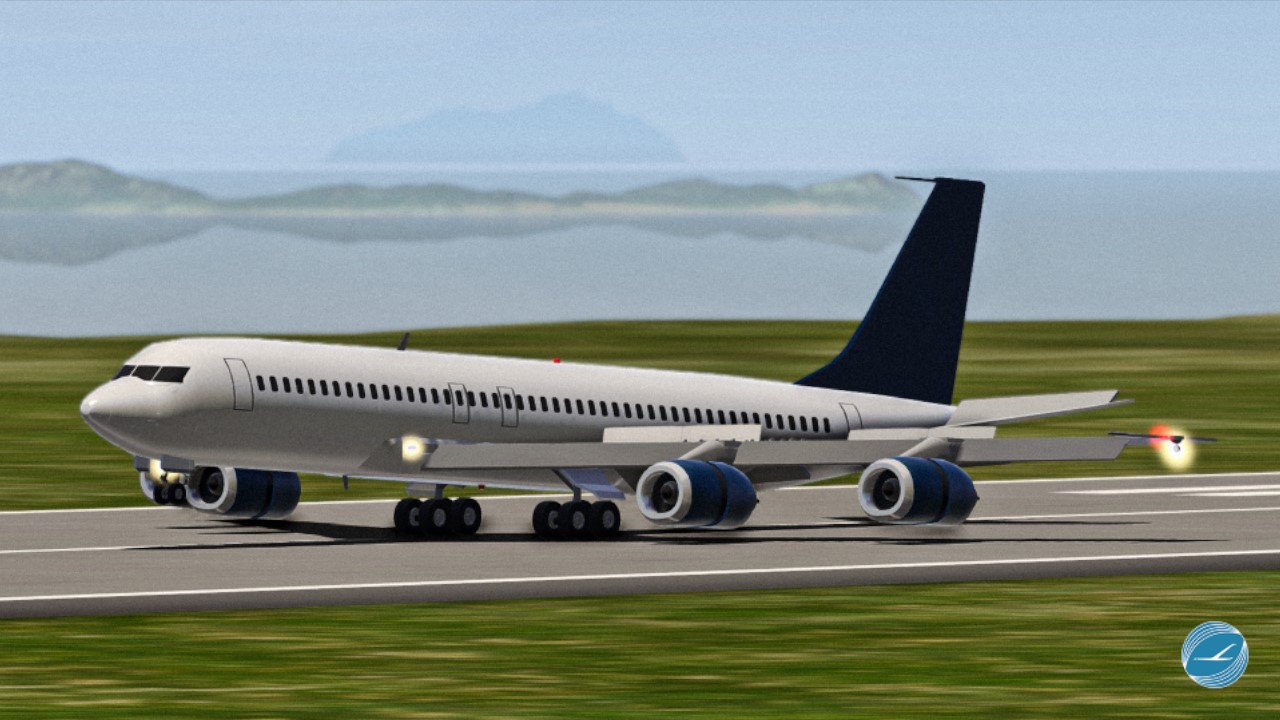
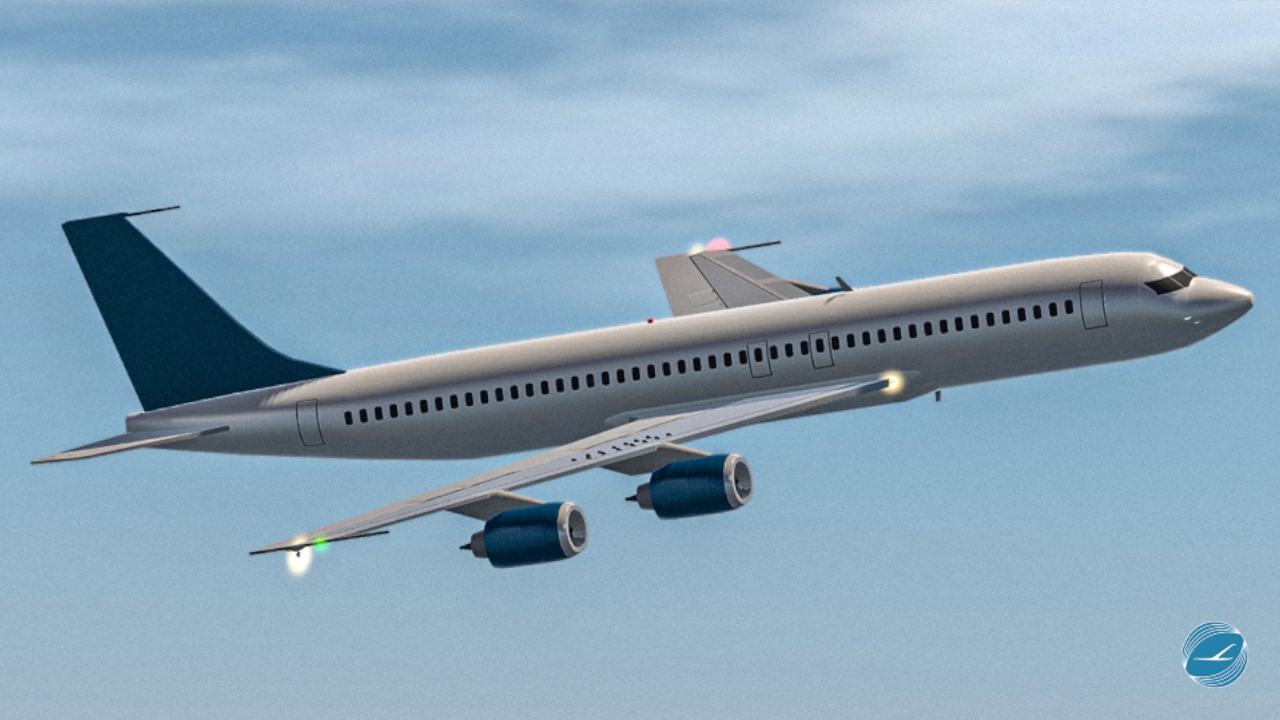
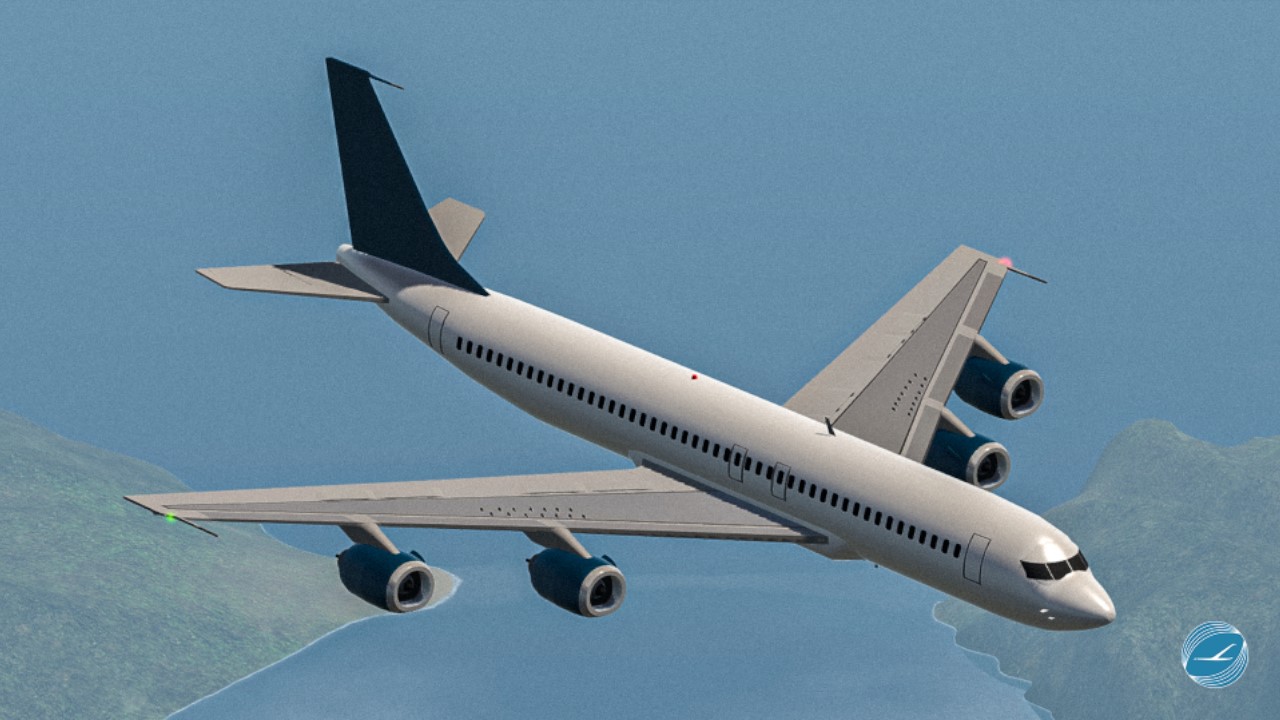
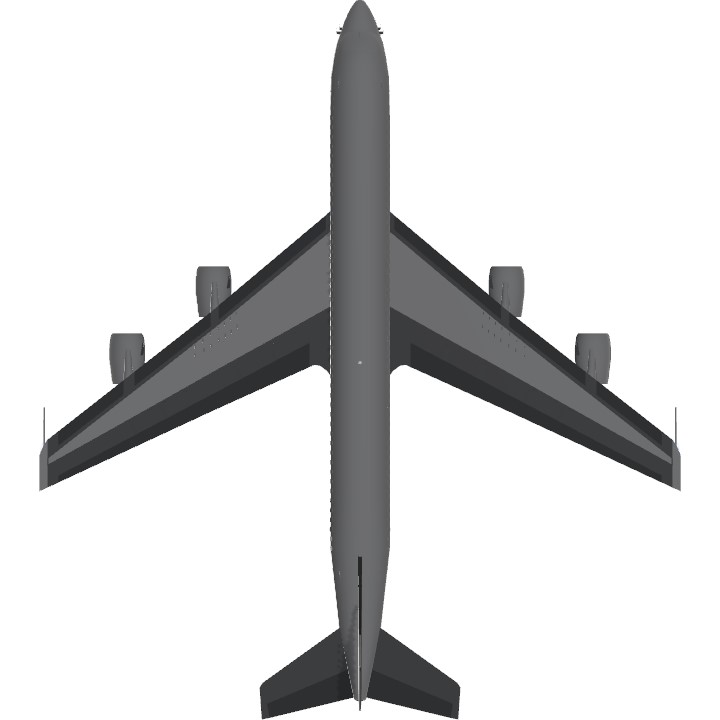
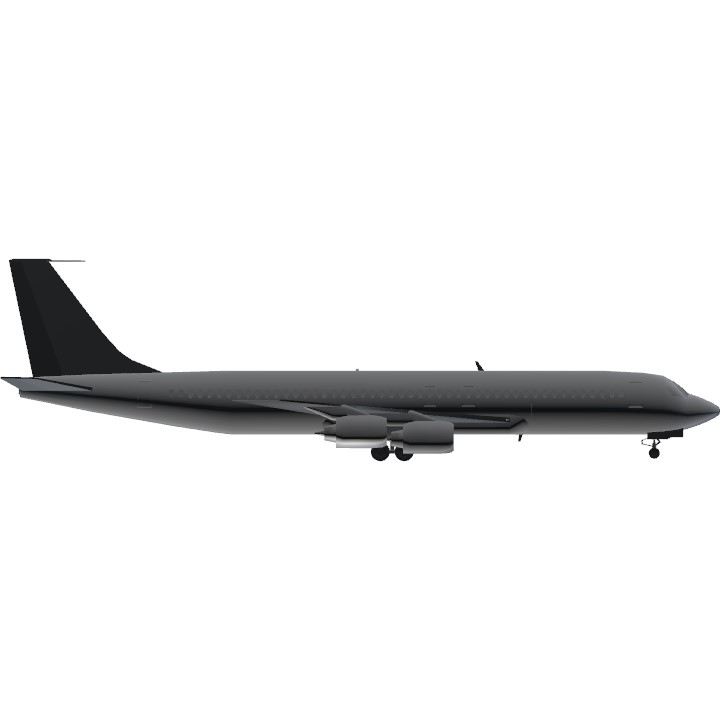
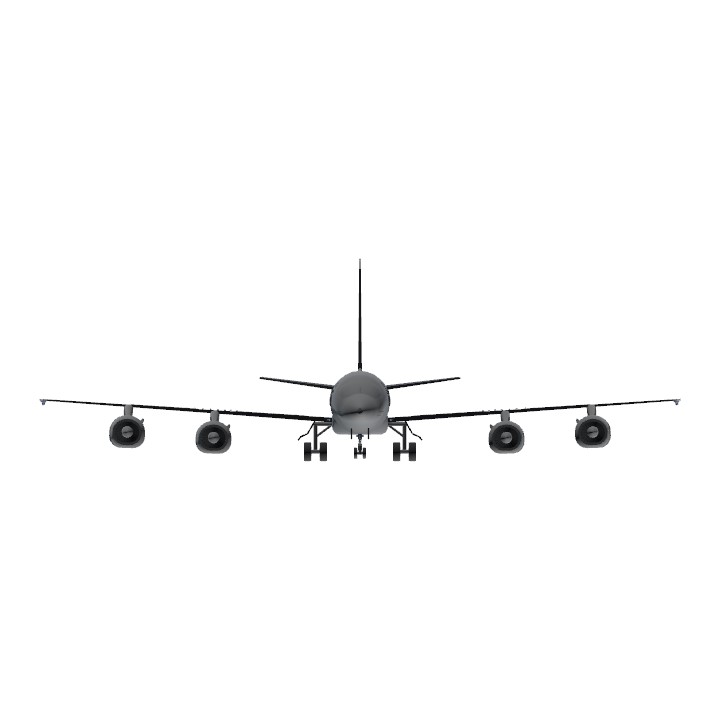
If you have any doubts with aircraft operation, please leave a comment!
I'm thinking about publishing the engines that I use on my planes, it will be credit-free to use, what do you think?
When are you coming back?
@CanadianAircraftBuilder
Thanks!
Wow great can you make MD 80 too?
@CM That will do.Maybe a fuselage slicing for the next airplane? I’ll be patient take your time.
@Hellohaveaniceday
I always try to keep the part count on my planes as low as possible, less than 600.
@CM I can handle 1000 parts on my iPhone SE 2016 on low physics tho
@CM Yes you should! Something like the Airbus A320/19/21 neo engines would do good
@Hellohaveaniceday
Sure, I’ll try.
@XAircraftManufacturer
Thanks! I’m still figuring out how to! I’ve planned adding full cockpits but I still don’t know how much impact that would be in mobile devices.
@CM Can you make something related to the A330 900/800 please? I would rather like that.
Nice plane. Have you ever considered using the new fuselage slicing to make cockpits?